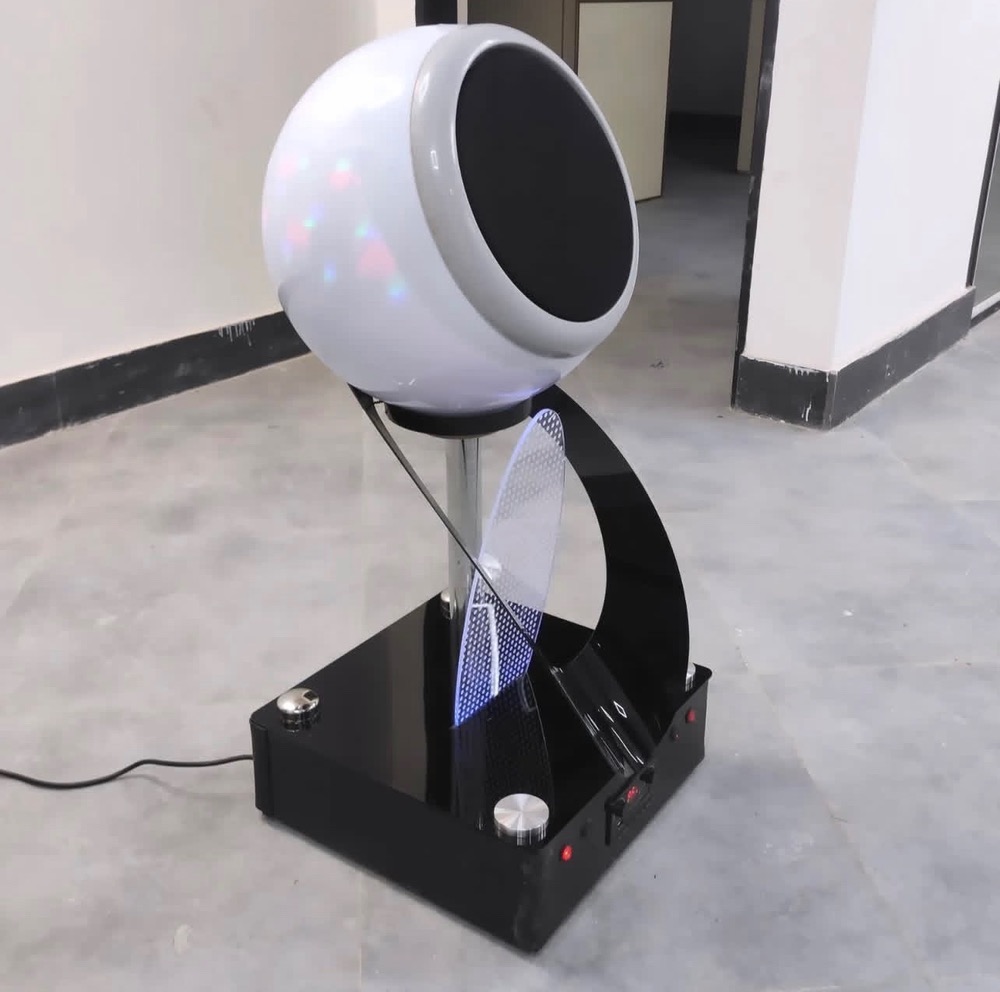Description
- The double beam spectrophotometer, which is one of the key instruments in analytical laboratories, is equipped with state-of-the-art CMOS detectors and has a wide range of applications in various fields of industrial analysis and scientific and research laboratories. The OPAL model double beam spectrophotometer is widely used in quantitative analysis of specific analytes, bacterial cultivation, drug identification, purity and quality control of drinking water, quality control in the beverage industry and chemical research.
- This OPAL dual-beam spectrophotometer measures and analyzes in the wavelength range of 185-1200 nm. Due to this wide UV-Vis-NIR wavelength range, this dual-beam device can provide maximum material identification.
General specifications of the OPAL double beam spectrophotometer optical system
- The optical structure of this device is two-beam, meaning that the light is split into two parts before being separated into spectral components, and both beams travel two different paths from the source to the detector system. The OPAL two-beam spectrophotometer operates fully automatically and does not require manual cell replacement. 8 samples (one reference sample and 7 unknown samples) can be placed inside the device at the same time and the corresponding analyses can be performed.
- OPAL double-beam spectrophotometer performance
- The basic principle of the OPAL double-beam spectrophotometer is to pass light rays through the samples under investigation. In this double-beam device, part of the light is absorbed by the substance (which is prepared as a solution) and finally, some of its quantitative and qualitative characteristics (such as concentration, absorption number, absorption spectrum, transmission spectrum) are measured and determined. Before analyzing a substance with a spectrophotometer, it must first be prepared and then placed in the device for analysis.
Optical performance of the OPAL double-beam spectrophotometer
- When light is shone on a transparent or soluble sample, depending on the type of material and the wavelength range of the light beam (beam energy), part of the electromagnetic radiation is absorbed by the material and the remaining wavelengths pass through the sample. The OPAL double-beam device is also a type of absorption-transmission spectrophotometer that operates based on the ability of the sample material (which is prepared as a solution) to absorb light. The result of the absorption process at individual wavelengths is a pattern of absorption values relative to wavelength (absorption spectrum) that is used in the structural identification of unknown materials. The amount of light absorbed by the sample particles is proportional to the concentration of light-absorbing particles in the sample, which obey the Beer-Lambert law. Therefore, the use of a double-beam or two-beam device in spectroscopic and analytical laboratories is a method for estimating the quantitative and qualitative characteristics of materials.
Preparing samples for analysis with the OPAL double-beam spectrophotometer
- One of the main requirements in the preparation stage is the addition of chemicals called reagents, for which a specific reagent must be used for each substance. Given the widespread and ongoing need for these products in the country’s fundamental and main industries, including oil and gas, water and wastewater, environment, food, etc., providing the reagents they need in a short time is one of the main challenges of these industries. These reagents are widely used not only in spectrophotometers, but also in other analysis methods.
The OPAL double beam spectrophotometer consists of several general parts:
- Light source
- Light beam splitter
- Sample holder
- Diffraction grating or light-dispersing element (for separating light into spectral components)
- CMOS detector
Advantages of the OPAL Double Beam Spectrophotometer
The OPAL model double-beam spectrophotometer is an analytical instrument. This double-beam device is used to measure the absorption and transmission of light in the ultraviolet (UV), visible (Vis) and near-infrared (NIR) regions of the electromagnetic spectrum. The advantages of this device in various design areas are presented below.
- Optical design of the OPAL double-beam spectrophotometer
- The first and only fully automatic spectrophotometer in Iran (with all the chemical reagents required by industries)
- Has a touch screen LED monitor connected to the device
- Full UV-Vis-NIR spectral range: from 185 to 1200 nm
- Equipped with a 4000 Channels CMOS array optical detector
- Ability to read at least five wavelengths simultaneously in less than one second
- High sensitivity in all wavelength ranges
- Dual-beam optical system with very high stability (no vibration)
- Use of deuterium-halogen light sources
- Fully isolated light sources
- Fully isolated optical system
- Device resolution: 0.01-1 nm
- Scan time: 100μs-1000ms
- Signal to noise ratio: 3000:1
- Optical arrangement: Czerny-Turner type
- Minimal stray light (anodized coating)
- Using the most appropriate and reliable optical instruments
- Using the least possible number of optical devices to increase the accuracy of the device
- Necessary measures to control stray light and reduce light intensity
- Online Spectrum Presentation
- Control of radiation source intensity and detection sensitivity
- Presentation of absorption spectrum and determination of maxλ
- Measurement of concentration, absorption rate and permeability
- Concentration and absorption analysis over time
- Ability to perform kinetic tests
- Analysis of biological materials such as DNA, RNA, protein, etc. (on request)
- Electronic device design








Reviews
There are no reviews yet.